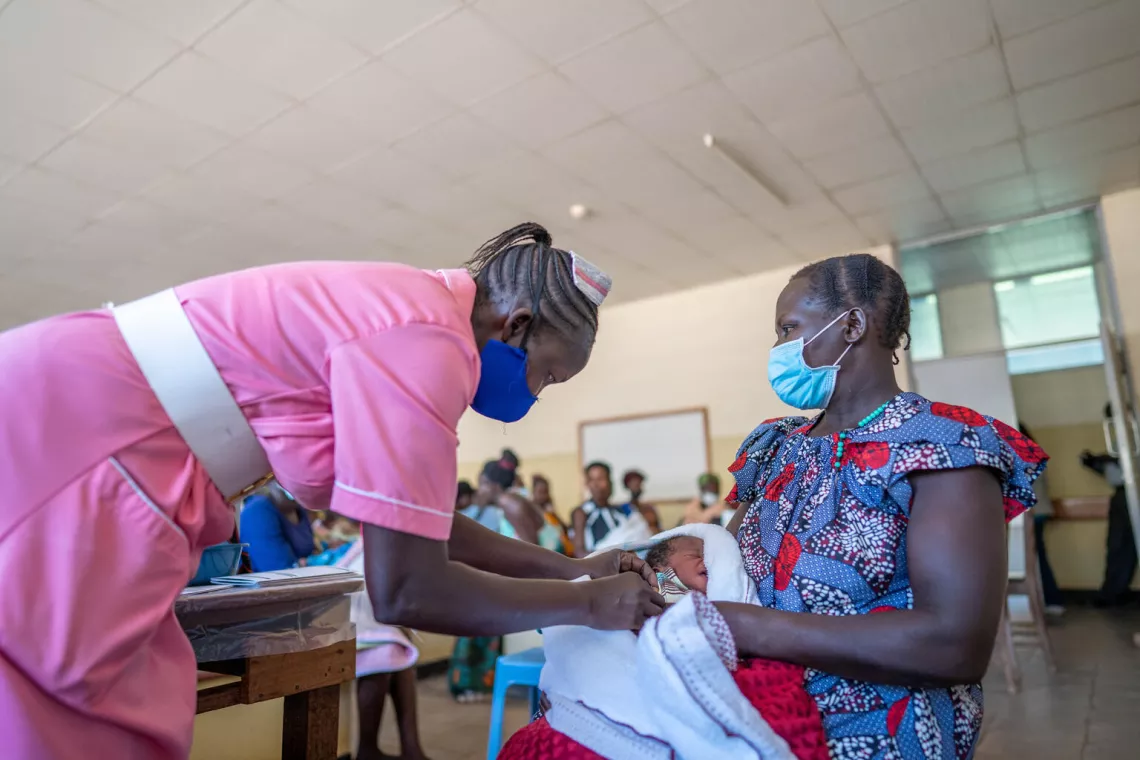Health
Uganda Grapples with Alarmingly High Vaccine Wastage, Study Reveals Urgent Need for Action
A new study by researchers at Makerere University School of Public Health has unveiled concerning levels of vaccine wastage across both rural and urban health facilities in Uganda, posing a significant threat to the efficiency and cost-effectiveness of the nation’s robust immunization program.
The research, conducted in Mukono and Kalungu districts, assessed the wastage rates of six vital vaccines: BCG (tuberculosis), Oral Polio Vaccine (OPV), Injectable Polio Vaccine (IPV), pneumococcal vaccine (PCV), Measles-Rubella (MR), and DPT–HepB–Hib.
Findings, recently published in the Global Public Health journal, indicate that vaccine wastage rates are far exceeding both national and World Health Organization (WHO) recommended thresholds. The study revealed particularly high wastage for BCG at 70%, MR at 58%, and IPV at 31%. OPV recorded a 28% wastage rate, while PCV stood at 17%.
These figures stand in stark contrast to general guidelines for vaccine wastage rates, which recommend 50% for BCG, 25% for reconstituted measles vaccine, 10% for OPV, 15% for liquid vaccines in multi-dose vials containing 10 or more doses, and 5% for liquid vaccines in single or two-dose vials like PCV.
Led by Dr. Simon Kasasa, a Senior Lecturer in the Department of Epidemiology & Biostatistics, the research team not only measured wastage using data from 22 health facilities but also conducted surveys with 57 health workers and facilitated key informant discussions.
The interviews shed light on several contributing factors to the high wastage, including the prevalent use of large multi-dose vials, low turnout during community outreaches, failures in maintaining the crucial cold chain, inadequate documentation, and limited training for health staff.
Despite these wastage challenges, Uganda’s vaccination coverage remains commendable, with the Ministry of Health estimating that many vaccines achieve coverage rates higher than 80%. Vaccines such as DPT, BCG, and Pneumococcal Conjugate Vaccine (PCV3) boast even higher accessibility, estimated at over 90%.
To mitigate the alarming wastage, the study authors strongly recommend a multi-pronged approach. Their suggestions include improving planning through the implementation of predictive models, transitioning to reduced-volume vaccine vials, adopting more decentralized immunization approaches, and providing regular refresher training for health workers in vaccine handling and data management.
“These interventions,” the study authors argue, “are essential to reducing wastage and improving efficiency in Uganda’s immunization programme.”
Uganda’s routine immunization schedule begins at birth with BCG and OPV. Children receive OPV, IPV, Rotavirus, DTP-HepB-Hib, and PCV vaccines at 6, 10, and 14 weeks. The Measles-Rubella vaccine is administered at 9 and 18 months. It is noted that most vaccines, including BCG, OPV, IPV, Rotavirus, DTP-HepB-Hib, and Measles-Rubella, are supplied in multi-dose vials, while PCV is provided in single-dose vials, which could contribute to different wastage profiles.
Comments



























